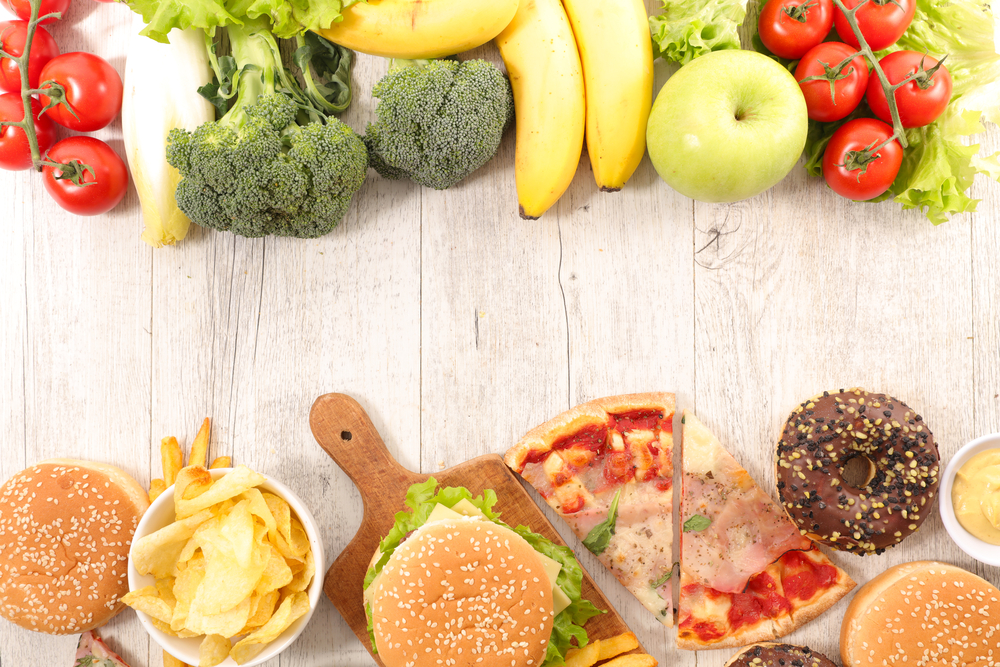Many people want to adopt a healthier and more sustainable diet. But behavioural change is not that easy. When push comes to shove, one often opts for a quick snack. Harm Veiling studies how these impulses can be blocked and new impulses learned.
It is a disappointing cliché: new year’s resolutions seldomly last long in the new year. Faced with a world teeming with temptation, it is difficult to stop smoking, drinking or snacking. Psychologist Harm Veling offers the struggling consumer help. The newly appointed personal professor of Behavioural Change at the Consumption and Healthy Lifestyles group develops apps that help you train your self-control. Four questions on how we can turn our life around.
How can you block an automatic impulse?
Veling: ‘Many temptations cause a strong impulse towards the object, such as a pizza or a muffin. You see something tasty and have high expectations. Your brain automatically gets you ready to respond. The training app shows you pictures on a screen. When you are shown a tempting image, a low beep sounds, and your task is to refrain from pushing a button. We provide you with a signal not to respond. This is diametrically opposed to the impulse in your brain. This contradiction appears to devaluate the rewarding value of the object and reduces temptation, thus helping you make different choices.’
Is it also possible to encourage impulses?
‘Yes, you can make people eager, which causes an intense response to a product. You must have them on edge. They are shown a picture of broccoli for one second and must push a button when the tone sounds and before the image disappears. That tone is increasingly delayed during the second, making it increasingly challenging to press the button before the broccoli disappears. This makes you anxious to press the button and – bam! Broccoli becomes more attractive.
How does the subject’s brain respond?
We do not provide feedback during our experiments, just a blank screen upon a -refrained- response. The fact that we do not offer a reward or punishment has no bearing on the participant’s experience. According to theory, refraining from doing something equals avoiding punishment, while acting results in a reward. We do not know whether this also applies to the participants in the training because we cannot see much of the participants. I hope to unravel this mechanism.’
What is the future of behavioural change?
‘In our experiments, we observe an effect up to ten days after the training. However, the effect diminishes because you encounter all manner of foods during your day-to-day life. On the one hand, I aim to make the training app more effective. How often does one have to train to achieve a permanent result? What pictures should we use, and how many? On the other hand, I strive to move beyond the app: how can we apply lessons from the app to new interventions, for example, to train the participant in their food environment? You can change the supermarket or school cafeteria, but you still need self-restraint to avoid buying things you don’t want.’

 A slice of pizza or broccoli? A difficult choice. Photo Shutterstock.
A slice of pizza or broccoli? A difficult choice. Photo Shutterstock. 

